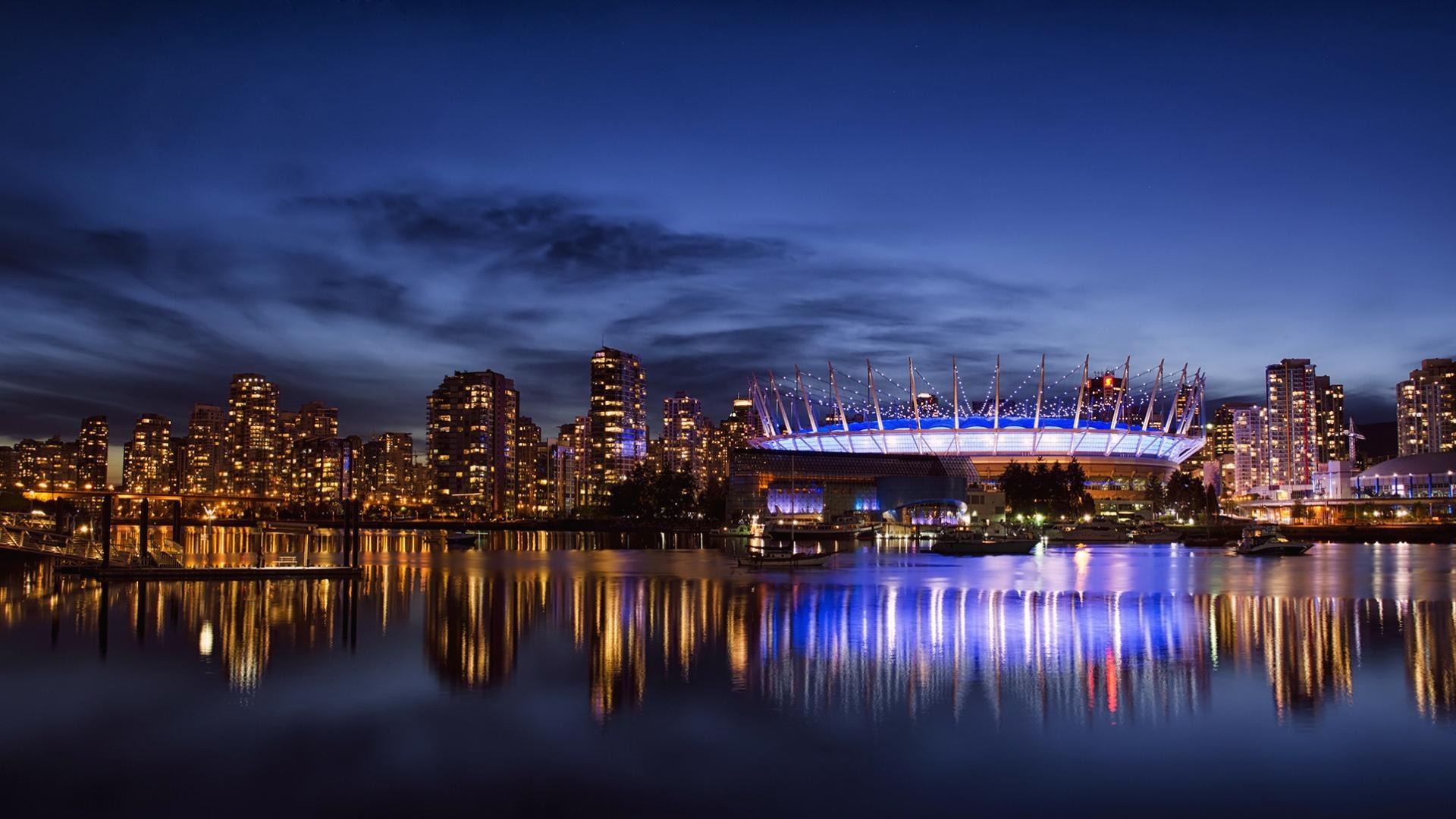TotalEnergies accelerates decarbonisation of its platform at La Mède
Air Liquide is going to build and operate a renewable hydrogen production unit at the La Mède platform. With an annual capacity of 25 000 t, this unit will recycle coproducts from the TotalEnergies biorefinery. The hydrogen will then be used in the biorefinery to produce biodiesel and sustainable aviation fuel (SAF).
The project’s total investment amounts to €150 million for TotalEnergies and Air Liquide. The new unit is expected to start production in 2028.
“This new renewable hydrogen production project, carried out with Air Liquide, allows us to accelerate the decarbonisation of our La Mède platform. Almost ten years after the announcement of its conversion, La Mède is continuing its transformation and is becoming a low-carbon hydrogen production centre, thus contributing to the decarbonisation ambition of the Provence-Alpes-Côte-D’azur region,” said Vincent Stoquart, President, Refining and Chemicals at TotalEnergies.
At the same time, TotalEnergies is continuing the development, with its partner ENGIE, of the Masshylia project of green hydrogen production by water electrolysis with a capacity of 10 000 tpy, to contribute to the decarbonisation of both the biorefinery and local customers at the Fos-Berre industrial-port zone. The two partners are aiming to start up the first 20 MW electrolyser in 2029, subject to confirmation of European and French subsidies and the necessary public authorisations.
TotalEnergies is committed to reducing the carbon footprint of producing, converting and supplying energy to its customers. One of the paths identified by the company is to use green or low-carbon hydrogen to decarbonise its European refineries, a move that should help reduce its CO2 emissions by around 3 million tpy by 2030.
TotalEnergies accelerates decarbonisation of its Platform at La Mède | Global Hydrogen Review
TotalEnergies accelerates decarbonisation of its Platform at La Mède
In line with its 2030 ambition to decarbonise the hydrogen used in its European refineries, TotalEnergies has joined forces with Air Liquide to produce renewable hydrogen at La Mède in southeast France.
www.globalhydrogenreview.com





